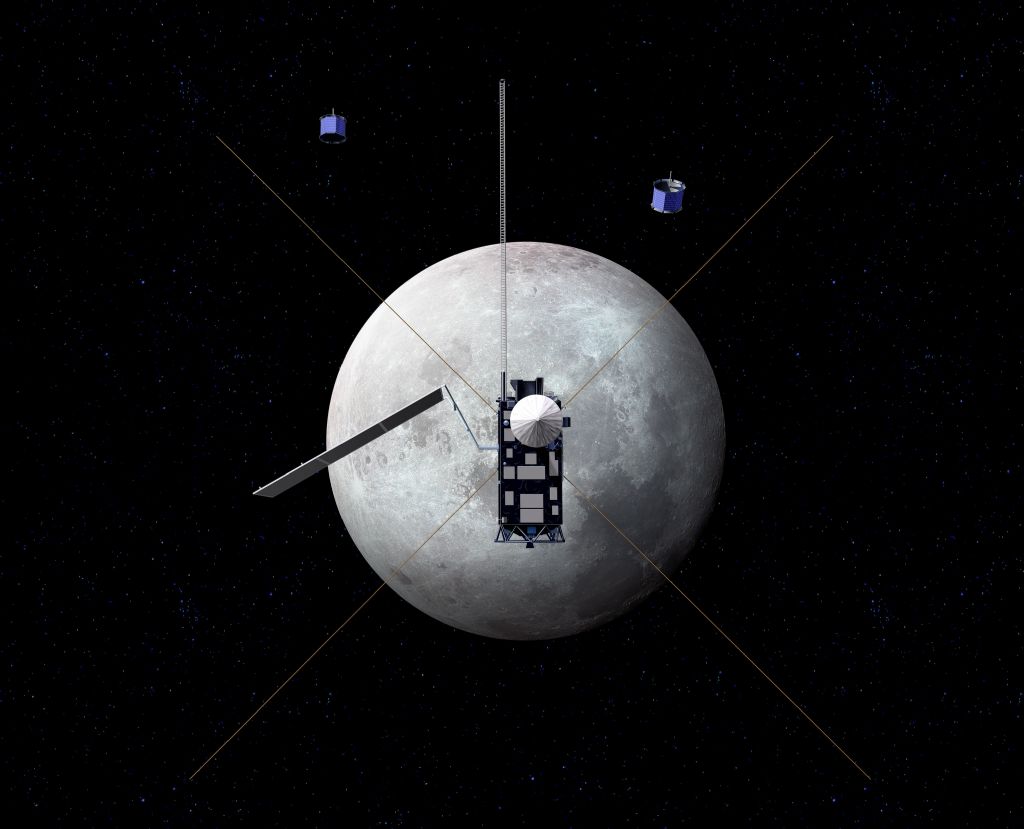

The cookie is used to store the user consent for the cookies in the category "Performance". This cookie is set by GDPR Cookie Consent plugin. The cookies is used to store the user consent for the cookies in the category "Necessary". The cookie is used to store the user consent for the cookies in the category "Other. The cookie is set by GDPR cookie consent to record the user consent for the cookies in the category "Functional". The cookie is used to store the user consent for the cookies in the category "Analytics". These cookies ensure basic functionalities and security features of the website, anonymously. Necessary cookies are absolutely essential for the website to function properly. Find many great new & used options and get the best deals for Vintage MECHANICAL APOLLO MOON ORBITER YONEZAWA JAPAN MIB. More information about LRO images can be found at Apollo Landing Sites Revisited.Ī zoomable map created from LRO photos taken close to the lunar surface is available for viewing at ACT-REACT-QuickMap. Neither the Hubble Space Telescope nor the most powerful telescopes on Earth are capable of imaging the objects and markings on these sites. The positions of lunar modules and other equipment astronauts left on the Moon are well known, so the repeated capturing of images helps the LRO camera pin down accurate cartographic goals. In addition to showing the Antares descent state, one of the Apollo 14 images, taken with one of LRO’s two Narrow Angle Cameras (NAC), shows the tracks of the astronauts who traveled between two landmarks on the Moon’s surface.īecause the Sun is in a different position relative to the Moon each time LRO passes over the lunar surface, the cameras are able to take images from a variety of perspectives. Show only Left Show only Right This interactive shows two LRO images of the Apollo 17 landing site. Images show the twists and turns of the paths made when the astronauts explored the lunar surface.

With the goal of finding Moon rocks older than the young ones found previously in the lunar maria, Apollo 16 set down in a region of the lunar highlands known as the Cayley Formation, in April 1972.Īpollo 17, the last of the manned Moon missions, set down in the Taurus-Littrow Valley in December 1972, where the astronauts searched for primordial highland material. NASA's Lunar Reconnaissance Orbiter (LRO) captured the sharpest images ever taken from space of the Apollo 12, 14 and 17 landing sites. The rover made it possible for the astronauts to cover significantly more territory than earlier missions did. The first mission to use a lunar rover was Apollo 15, which touched down on in Hadley Rille near the Apennine Mountain range. LRO captured an image (shown right) of the lunar module Antares’ descent stage in a 500-meter-wide photo. In February 1971, Apollo 14 landed in the Fra Mauro region. (Click to enlarge.) Photo Credit: NASA/GSFC/Arizona State University.įour months later, Apollo 12 set down on the Ocean of Storms, south of Copernicus Crater and just a short distance from the Surveyor 3 probe. Descent stage of lunar module Antares in center image width is 500 meters. The lunar landers look to be square white blobs the Eagle is a fuzzy image near a crater.NAC image of the Apollo 14 landing site acquired 25 January 2011. NASA helps out by putting a giant arrow on each photo. ``You could actually see the descent module sitting on the surface.''īut that's only if you know where to look. ``It was really great to see the hardware sitting on the surface, waiting for us to come back,'' said Arizona State University scientist Mark Robinson, who runs the camera on the orbiter. A picture of the Apollo 11 site shows the Eagle lunar module used by Neil Armstrong and Buzz Aldrin. The photos were released on Friday, in time for the 40th anniversary of the first moon landing on July 20, 1969. The images are from the Lunar Reconnaissance Orbiter, which was launched last month and now circles the moon in search of future landing sites. New NASA photos of the moon show leftovers from man's exploration 40 years ago.įor the first time, photos from space pinpoint equipment left behind from the Apollo landings, and even the well-worn tracks made by astronauts on the moon surface.


 0 kommentar(er)
0 kommentar(er)
